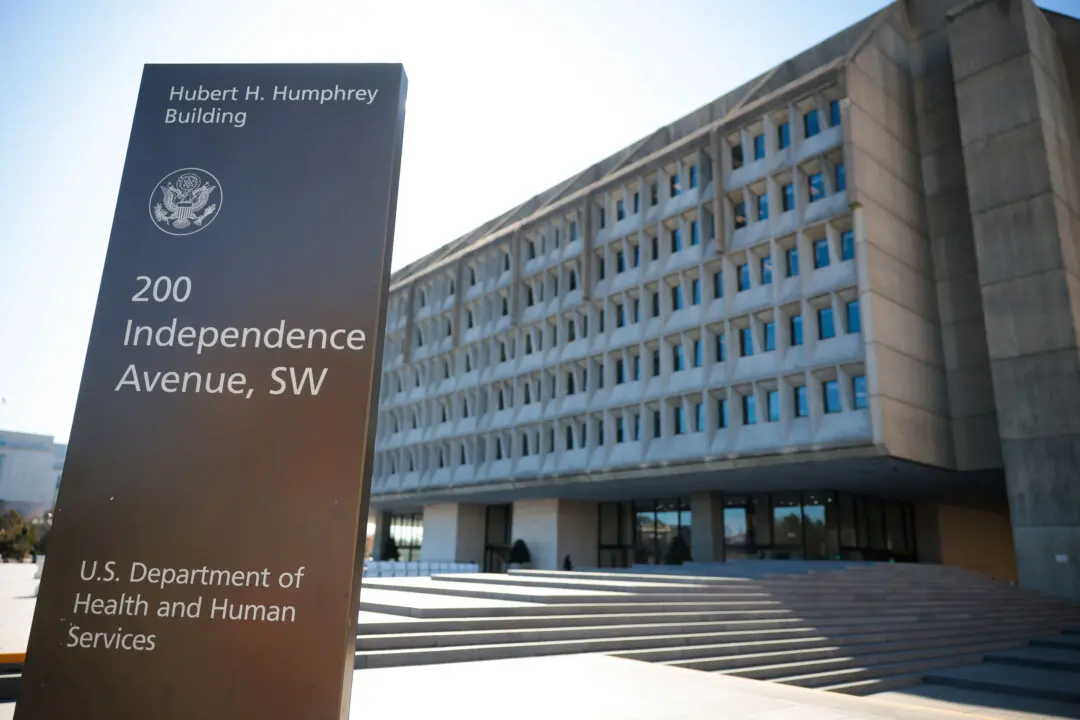Archaeologists have announced new details discovered about the temple of Angkor Wat as the government announced new rules for tourists visiting the site.
Rules Updated
A recent video from the Cambodian government says visitors will have to abide by new rules that were recently announced through posters placed around the site, which hosts more than 2 million visitors a year.
People are not allowed to smoke at all at the site, nor give money or candy to begging children, the government said.
Taking selfies with monks is also forbidden unless they give permission.
Another new rule targets a recent practice of foreigners stripping naked at the World Heritage site.
“No revealing clothes,” is that rule. As has been the case in the past, people who break the rules will be arrested.
The good news is that the site will open two hours earlier, at 5:30 a.m., starting January 1.
New Details Discovered






